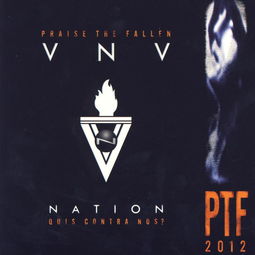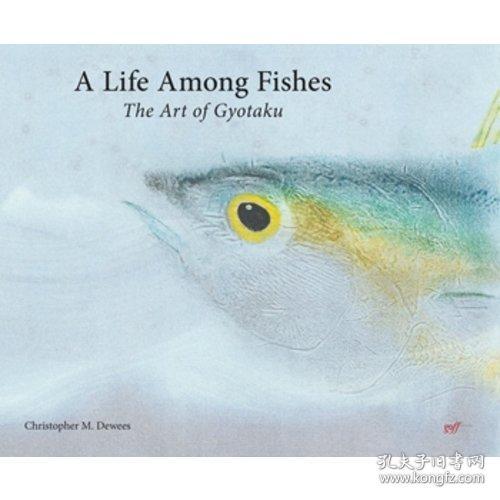Content:
Embarking on a fishing adventure is a thrilling pursuit that can be both relaxing and rewarding. One of the most crucial aspects of successful fishing is mastering the art of baiting. The right bait can make the difference between a fruitful day on the water and a disappointing one. In this article, we'll delve into the essential tips for effective baiting techniques that will help you become a more skilled angler.
Understanding the Fish
Before delving into the specifics of baiting, it's important to understand the fish you're targeting. Different species have varying preferences when it comes to food, and this knowledge can significantly improve your chances of catching them. Research the habits and dietary preferences of the fish you're interested in catching. Here are some general guidelines for popular fish species:

- Largemouth Bass: These fish are often attracted to live bait like worms, crayfish, and small fish. Artificial lures can also be effective, especially during the summer months when bass are more active.
- Smallmouth Bass: Similar to largemouth bass, smallmouths enjoy live bait but can also be caught on artificial lures, particularly during the spring and fall when they're more aggressive.
- Trout: Trout are typically attracted to a variety of baits, including worms, flies, and artificial lures. The key is to match the size and color of the bait to the forage fish in the area.
- Salmon: Salmon are often caught on a variety of baits, including eggs, smelt, and herring. The most successful anglers often fish during the spawning season when salmon are particularly hungry.
Choosing the Right Bait
Once you understand the fish you're targeting, the next step is choosing the right bait. Here are some tips for selecting the best bait for your fishing adventure:
- Natural Bait: Live bait, such as worms, leeches, and minnows, can be highly effective. The key is to use the right size and type of bait for the fish you're targeting. For example, smaller worms are often better for bass, while larger ones may be more appealing to catfish.
- Artificial Bait: Artificial lures, such as spinners, crankbaits, and flies, can be a great alternative to live bait. They come in a wide variety of colors, sizes, and shapes, making it easy to match the forage fish in the area.
- Consistency: Regardless of whether you're using natural or artificial bait, consistency is key. Use the same type of bait throughout your fishing trip to avoid confusing the fish.
Baiting Techniques
Once you've chosen your bait, it's time to learn how to present it effectively. Here are some essential baiting techniques:
- Natural Bait: When using natural bait, it's important to keep it as lifelike as possible. This means using a sharp hook to ensure the bait can move naturally in the water. For example, when fishing with a worm, thread it on the hook so that it can wriggle and move as it would in the wild.
- Artificial Bait: When using artificial lures, it's important to mimic the natural movements of the fish's prey. This can be achieved by varying the speed and direction of your retrieve, as well as by using different techniques such as the "jigging" or "trolling" methods.
- Presentation: The way you present your bait can make a big difference in your success rate. For example, when fishing in murky water, it may be more effective to use brighter colors or to present your bait in a way that creates more movement.
Maintaining Your Bait
Properly maintaining your bait is crucial for its effectiveness. Here are some tips for keeping your bait in top condition:
- Keep it Fresh: For live bait, it's important to keep it as fresh as possible. Use a bait bucket with aeration to keep your bait healthy and active.
- Regularly Check Your Bait: Periodically check your bait to ensure it's still in good condition. If you notice any signs of decay or damage, replace it immediately.
- Store Artificial Bait Properly: Store your artificial lures in a cool, dry place to prevent them from losing their shape and effectiveness.
Conclusion
Mastering the art of baiting is a vital skill for any angler looking to improve their fishing success. By understanding the preferences of the fish you're targeting, choosing the right bait, and using effective baiting techniques, you'll be well on your way to becoming a more skilled angler. Remember, practice makes perfect, so don't be afraid to experiment with different baits and techniques to find what works best for you. Happy fishing!












